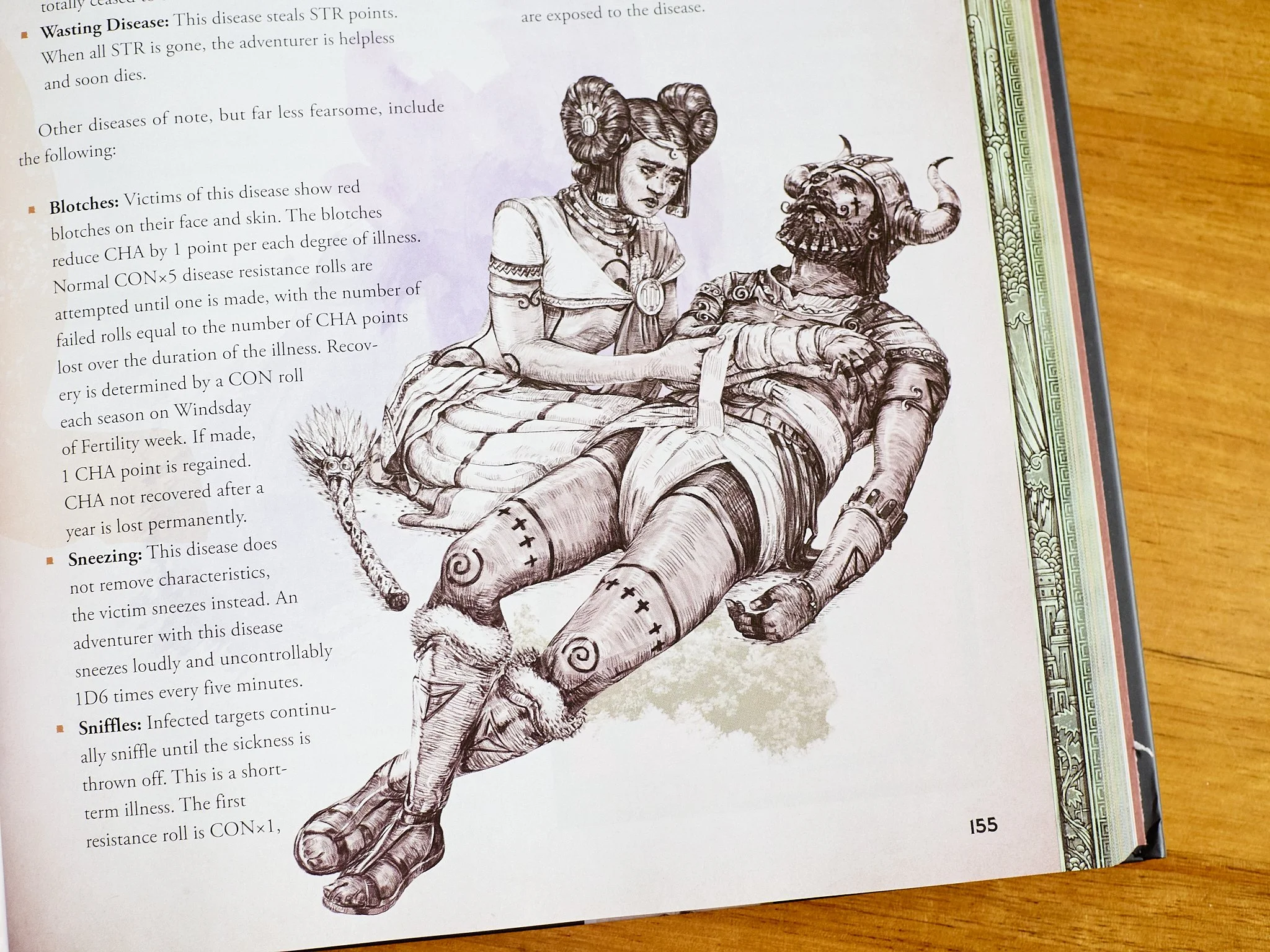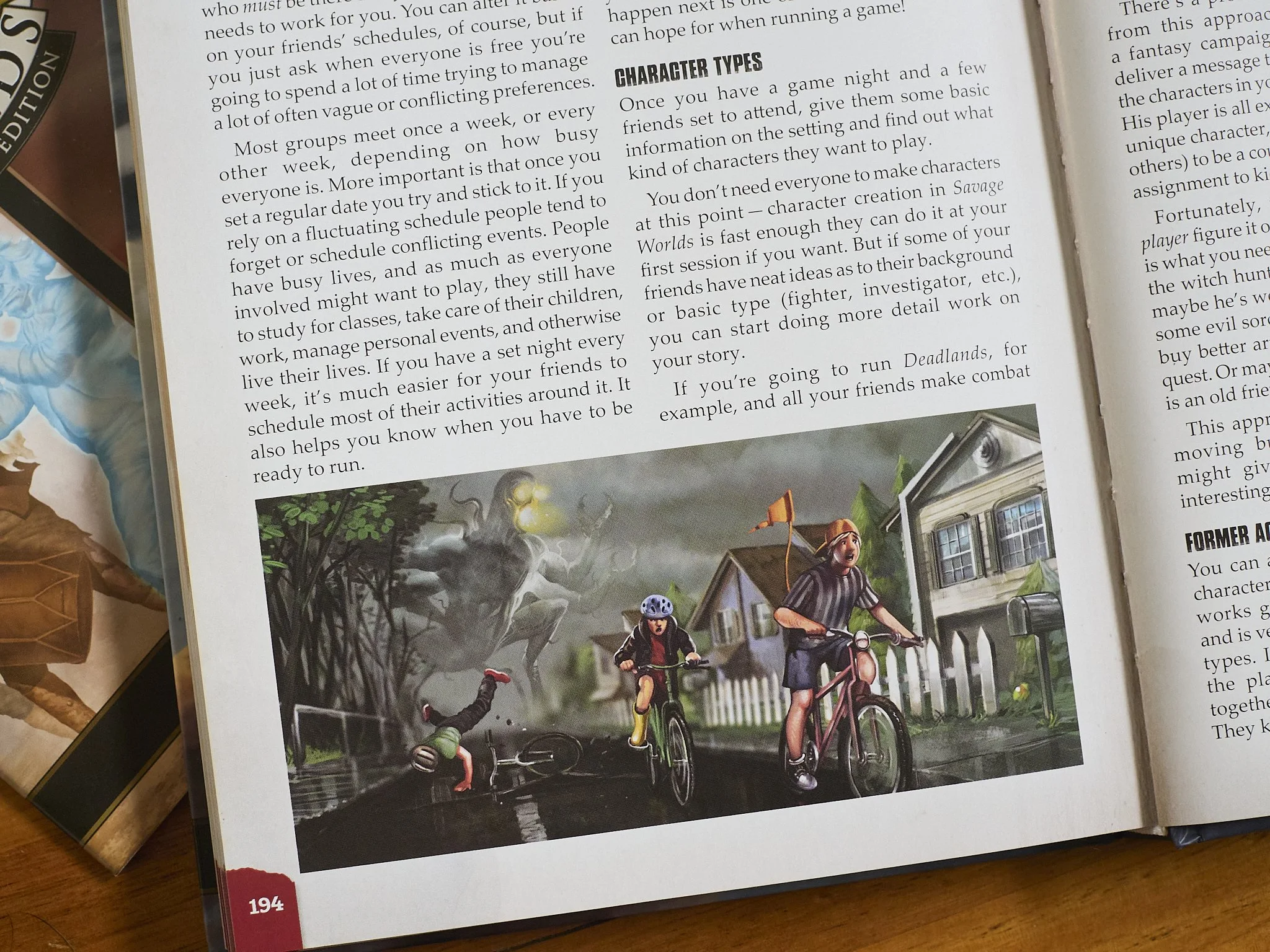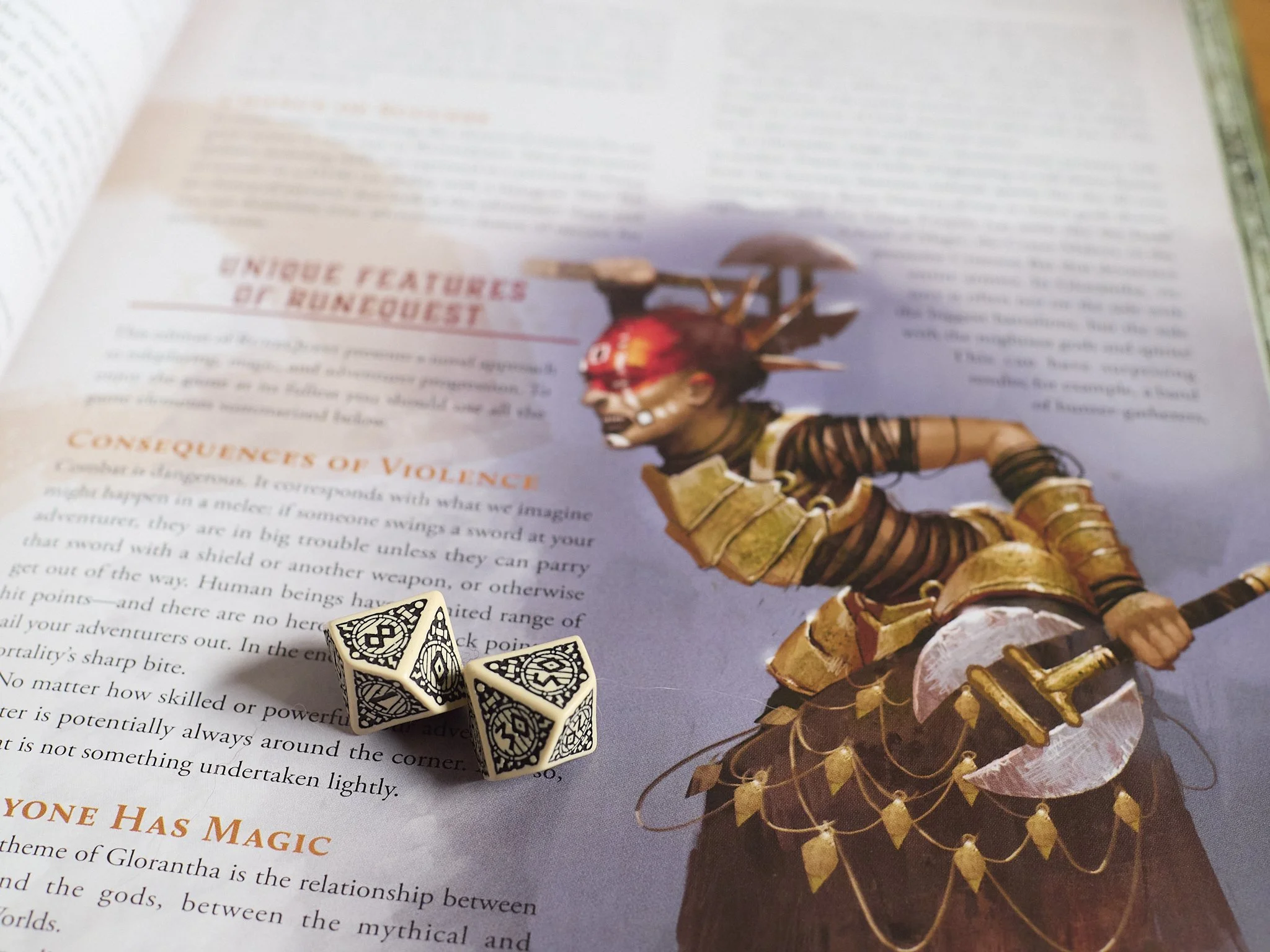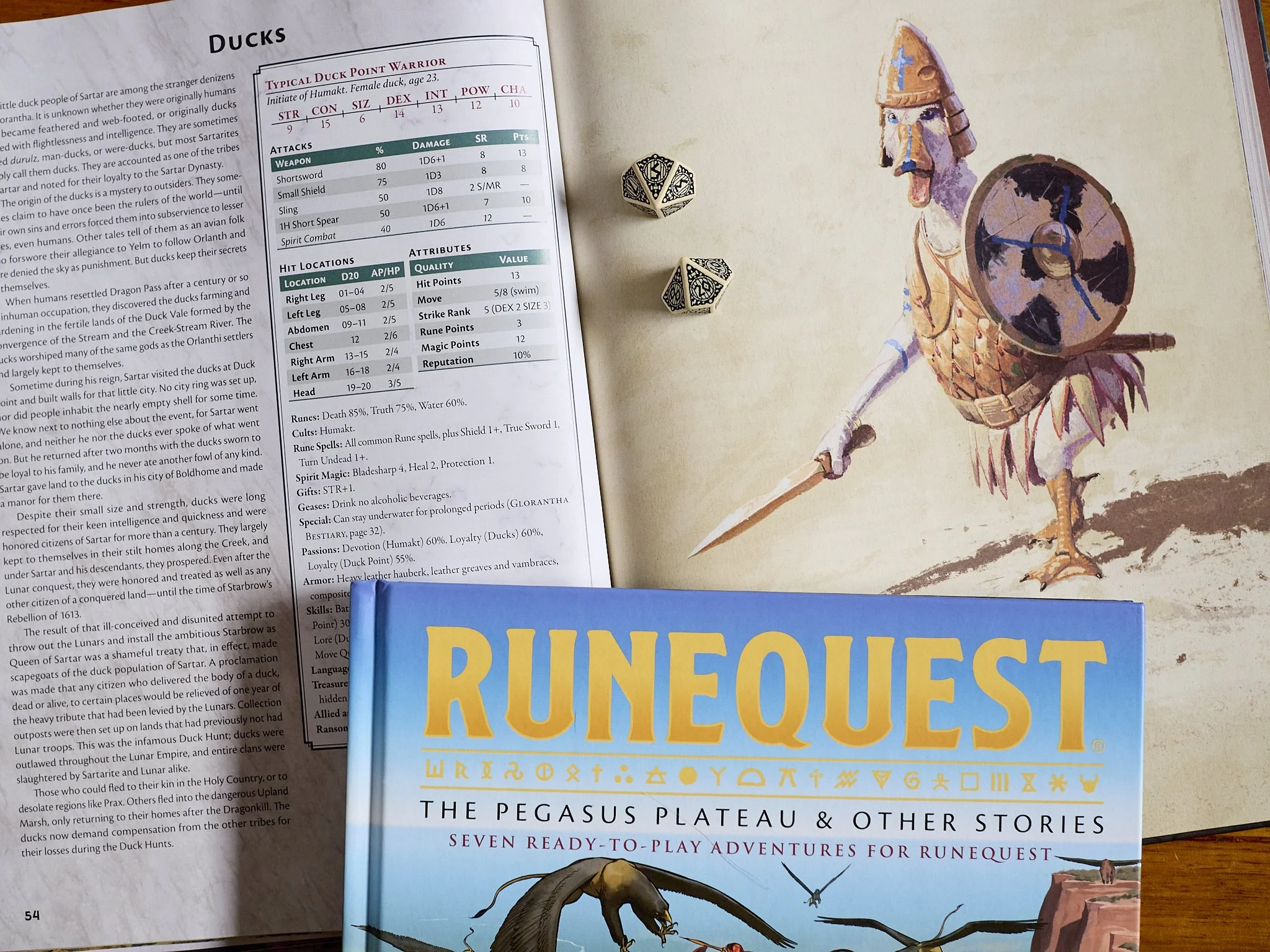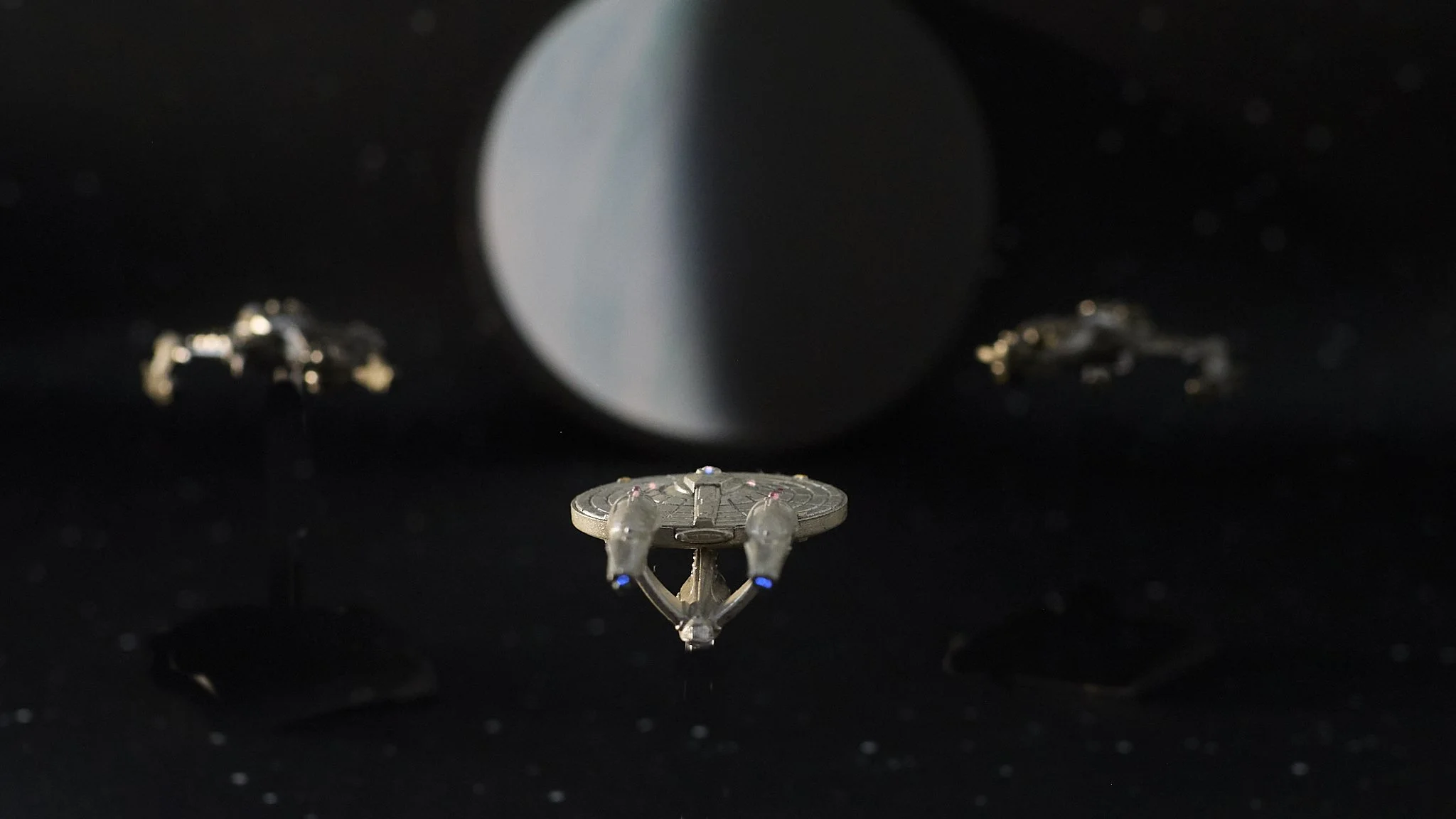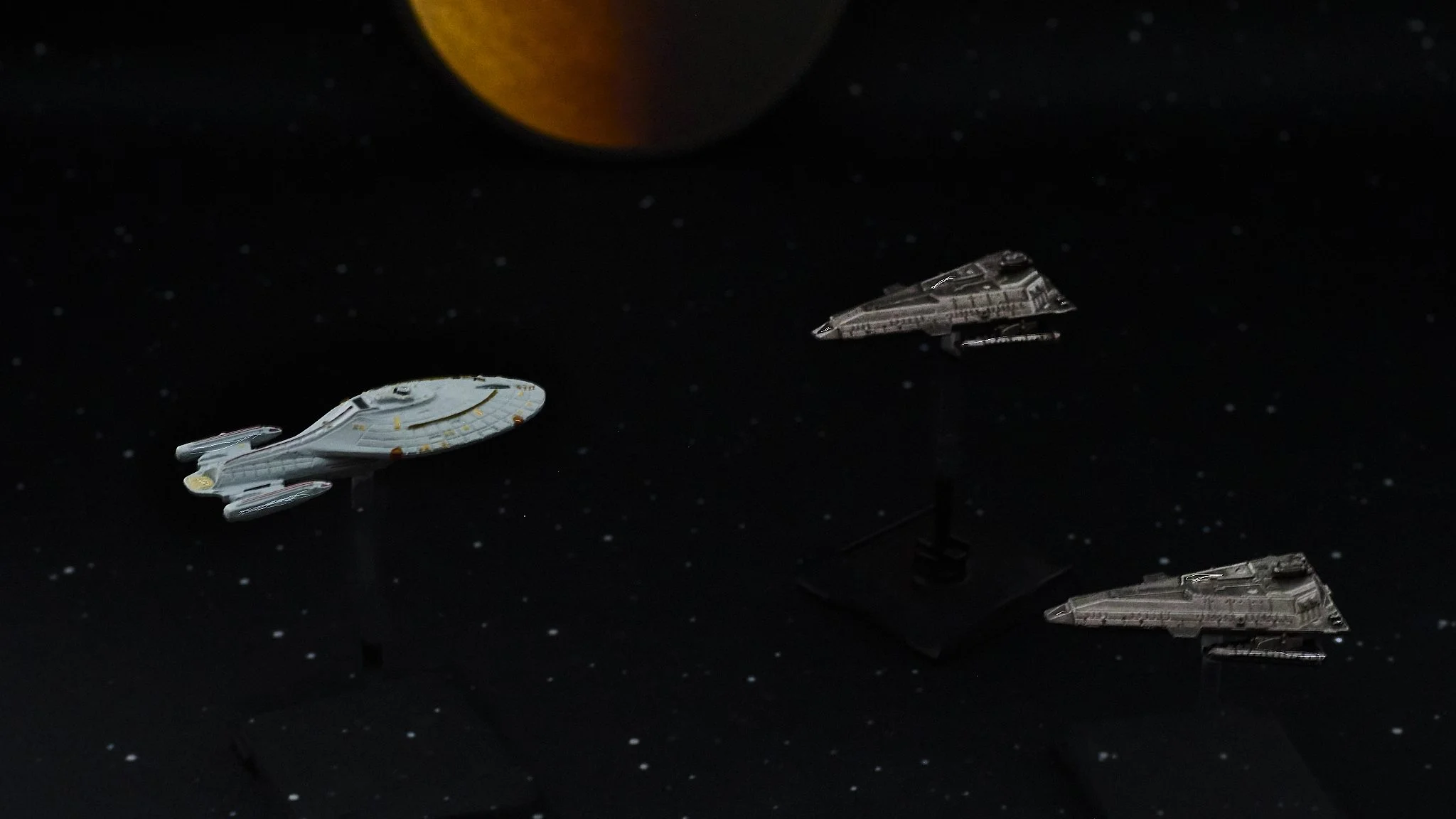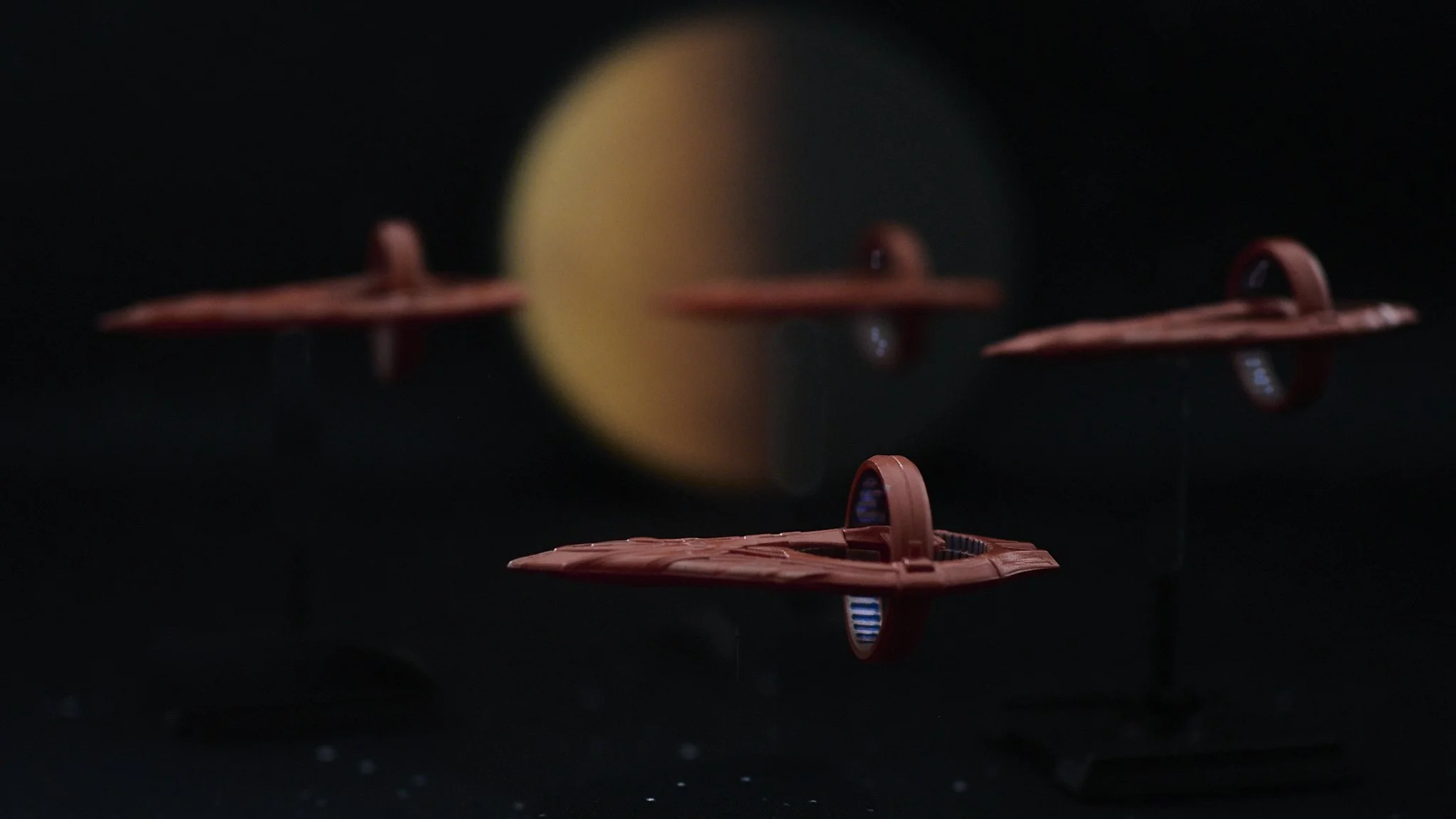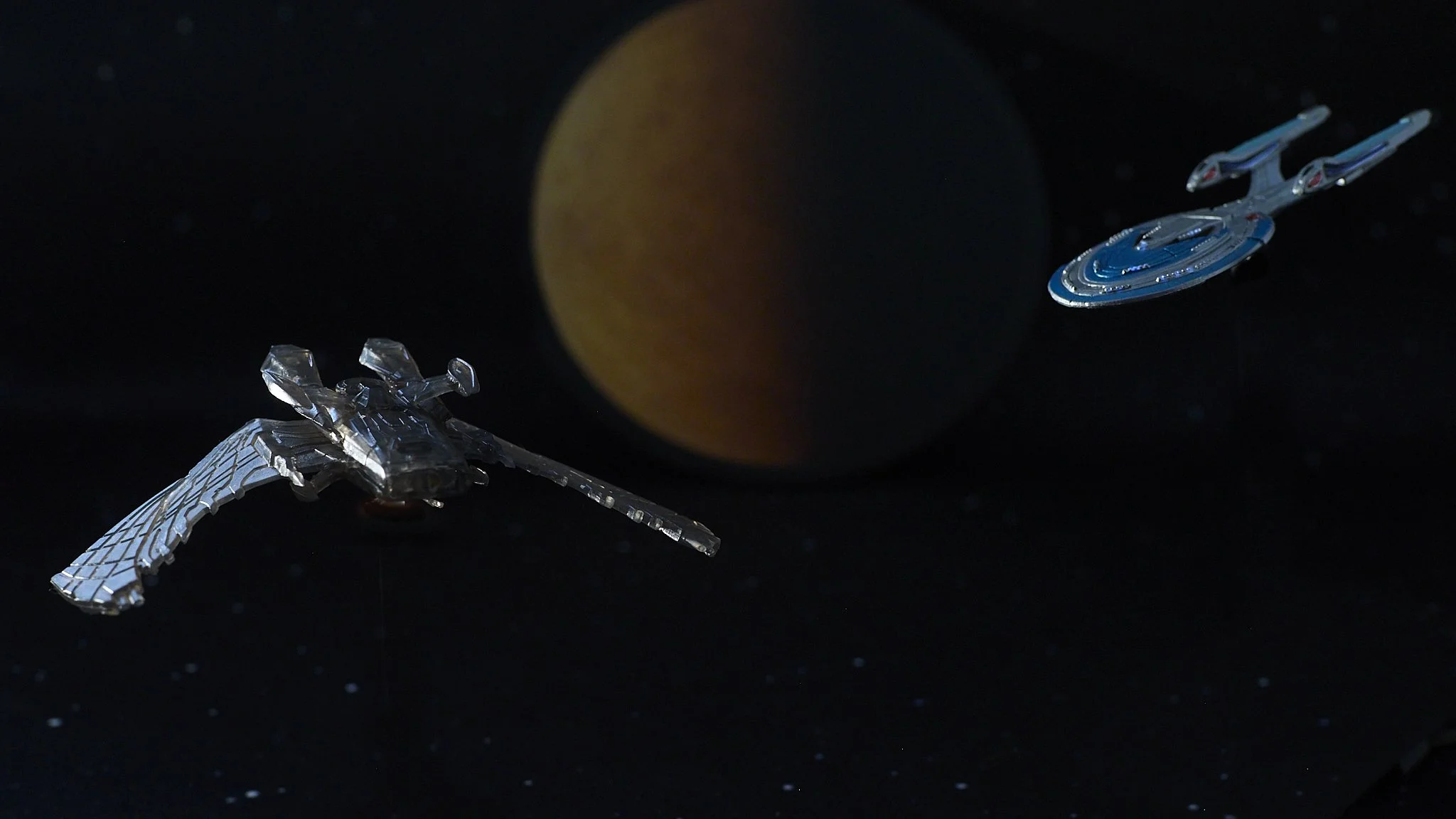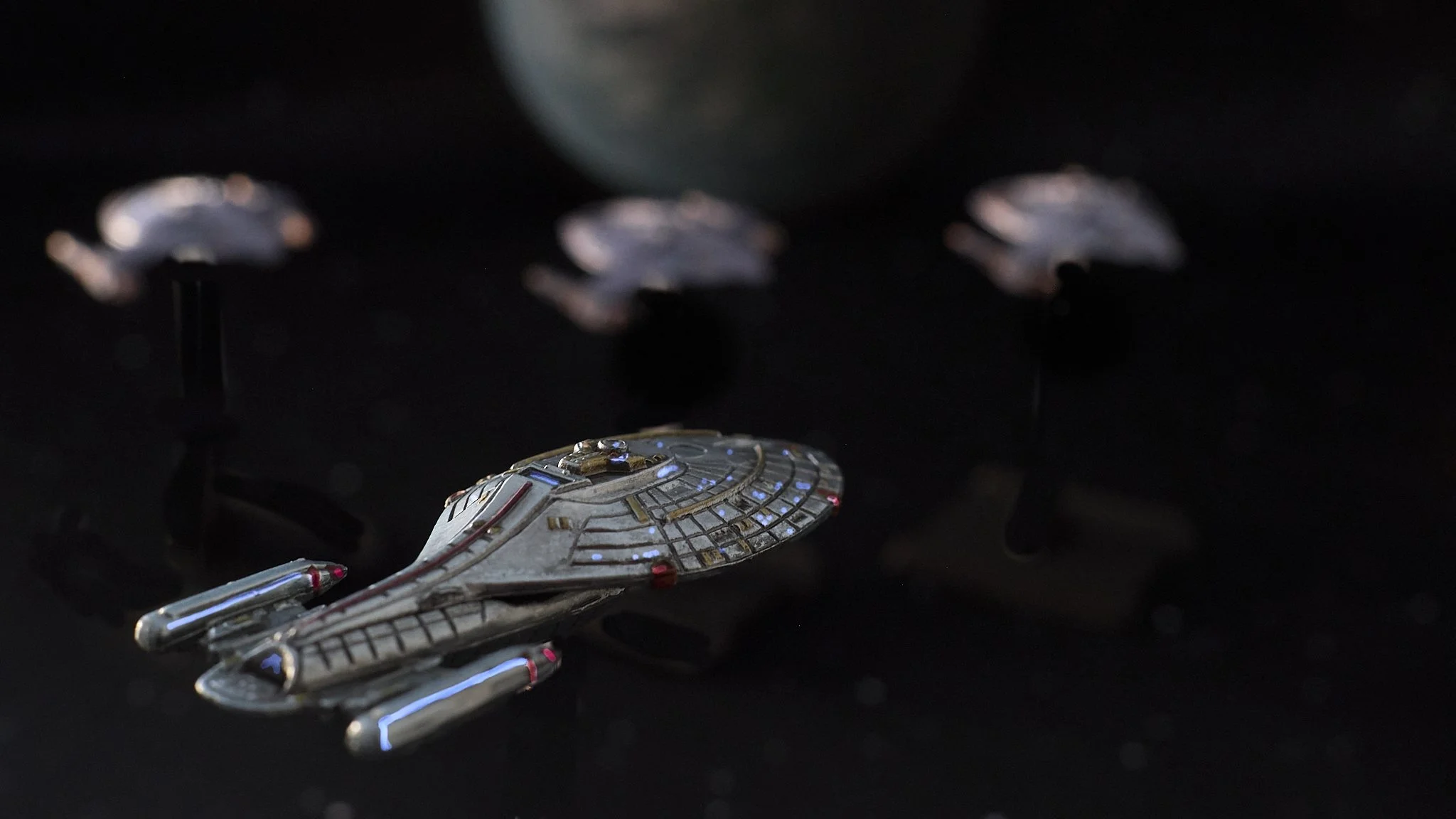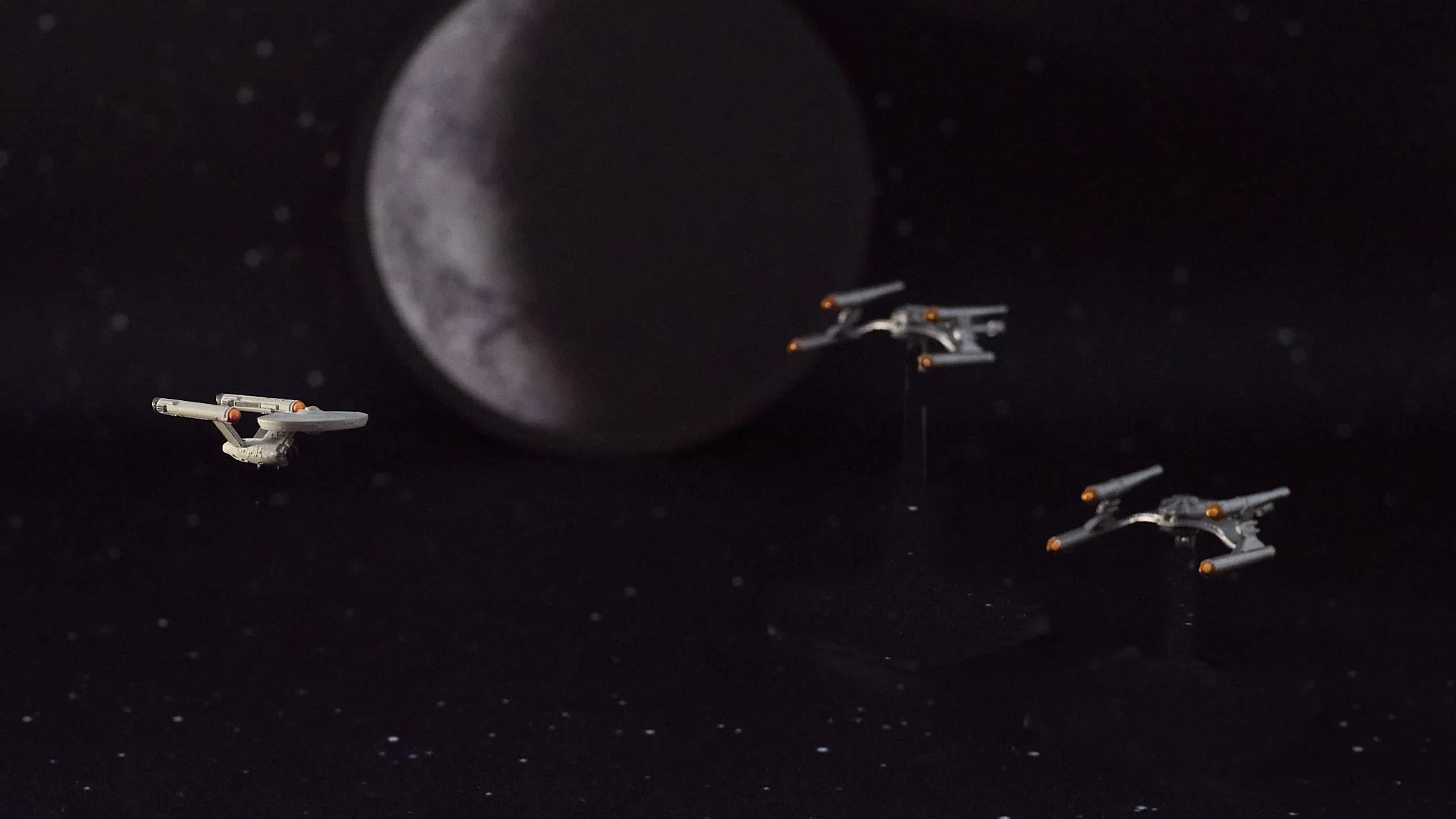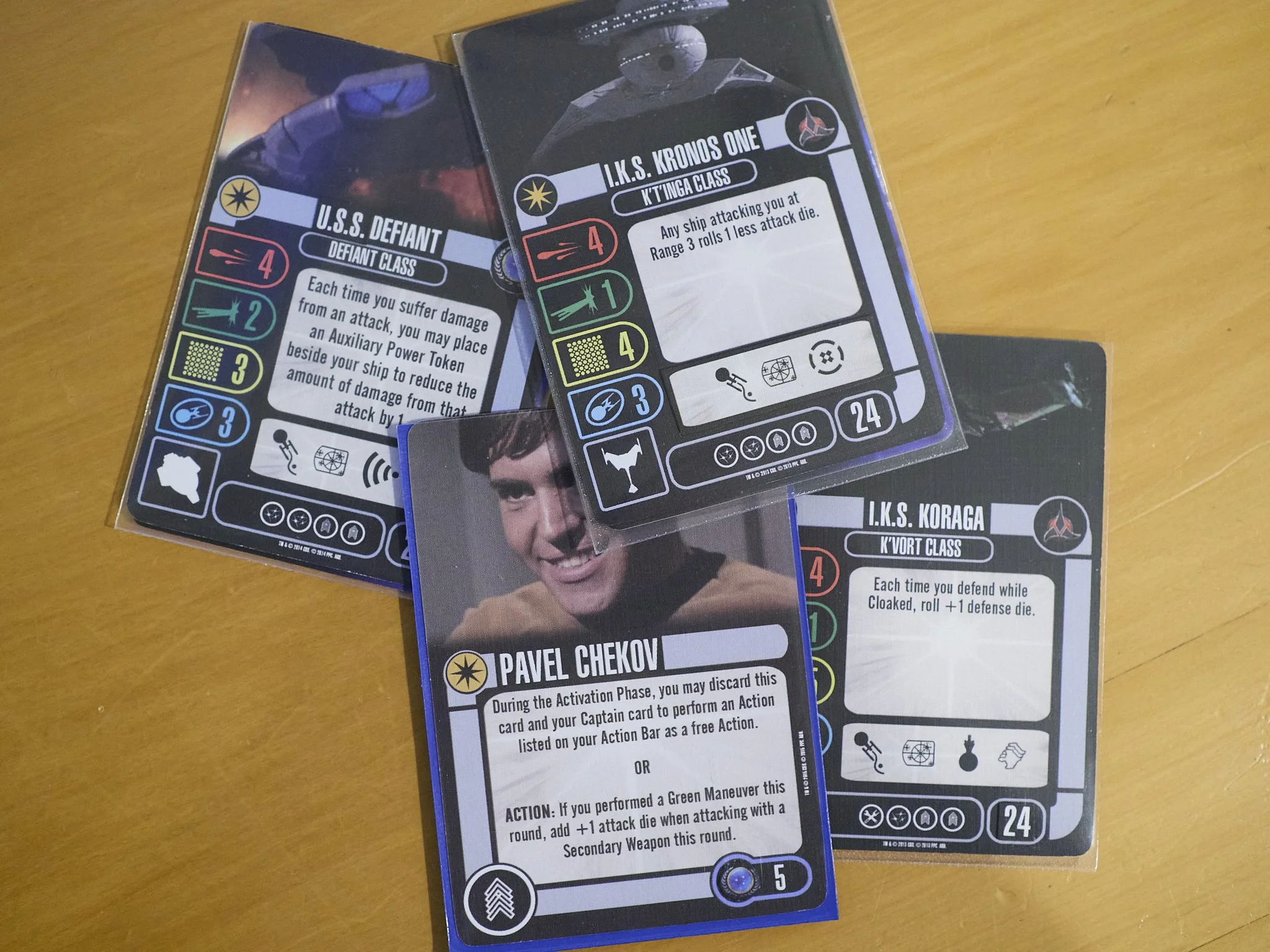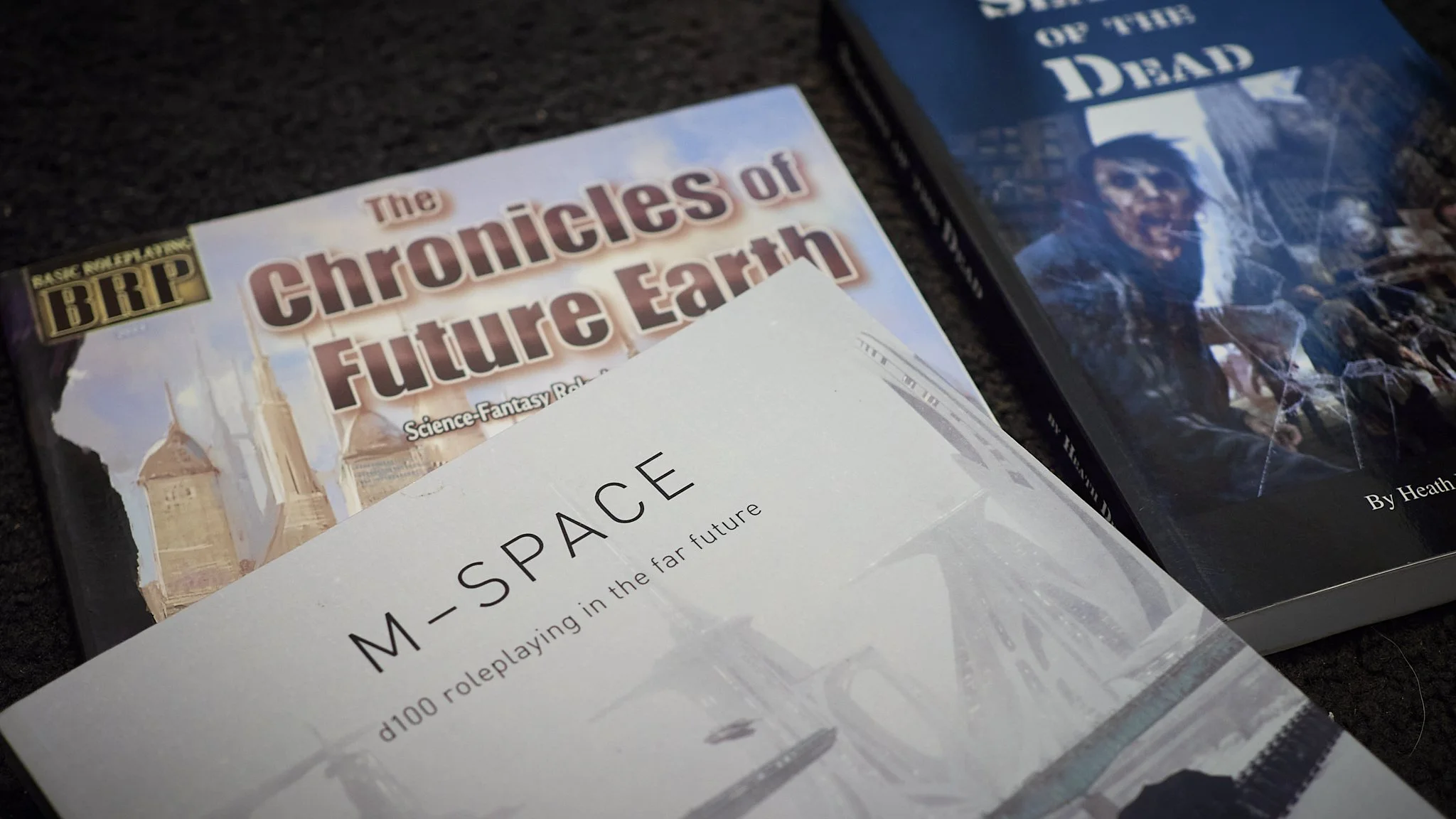I am on record as being a DnD disliker. I will not say hater, because I do not like that label and it is only a game after all, it’s not life threatening, no harm is done.
The things that leave me cold with DnD (all editions, I have tried….) are;
Levels as an illogical measure of experience and growth and an unbalanced tool of empowerment. Sudden jumps in power, especially for things the character never uses! By using them, you basically tier life! All you are doing is limiting the range of opponents worth fighting, but the mechanics stay the same (but the math grows).
Hit points and Armour Class as an abstraction of what it is actually like to be hit with a large, sharp metal object in a specific location. This leads to untouchable characters or match-ups with little hope, neither of which make for a good game (see above).
Class systems as an artificial limitation to character building and development. It is nice to have a career and some limitations to opportunities, but it is not for nothing most games since have abandoned this artificial limitation.
The above all combining to create a “power build” obsession and a worshipping of the game mechanic over character centric play. I just cannot grok the “my character is a # level “X class ” and a # level “Y class and “Z” race” as a sentence starter and never have.
It champions tropes and stereotypes that have become so embedded, they now seem more normal than normal.
The system is based around, promotes and sanitises combat as the main means of driving the story and reduces outcome fear. I will admit, some D100 games are very brutal and unforgiving, but there are ways of reducing that without making combat a boring mechanical process and often not fighting is the best answer.
Loot and XP driving player ambition. The “murder hobo” is a DnD creation depicting a band of wandering killers taking what they want to whom they want for materiel gain.
Other sub-systems not specific to, but often found in levels games like spell slots/Vancian magic or per encounter/per day limits have never been a comfortable or logical fit for me or generally. I have the D100 Lyonesse setting book. It has a right to Vancian magic.
The system claims to be new and improved every iteration, but never changes it’s dated core concepts. Constant change, but no real change, a recipe for frustration.
The company itself has turned into a cynical money making monster worthy of smiting in it’s own right (funny how we become what we abhor). Slay that Dragon!
It is often not an easy or fun game for a GM to run, nor the best experience possible at the table and it is rarely as much fun as it is portrayed (depictions on Stranger Things, Big Bang etc either fudge or exaggerate it to make it look exciting).
The reality is, it often does not even simulate it’s own art or the fiction it draws from (I remember one illustration showing a single arrow hitting the eye of something big and mean with predictable results, but the rules do not support that happening in the game). Try smiting Smaug with a single bolt. Not gonna happen.
It is not, as it pretends to be, the only game in town but it still dwarfs the combined revenue and profile of all the others. It often feels like you have to go through the “initiation” of DnD to discover better options.
Reality is just not like that.
Ok, a game can be what ever it needs to be, but most role players are after more than a game experience. They are looking for a forum for their imagination to fly free, not a set of un-intuitive and confining rules that railroad them into a seemingly set path of expectations.
Your experience differs? If so, then go you, but I would have to say, if you can make DnD that good an experience, then just wait until you try something better!
Options?
I once used E6 restrictions with Pathfinder 1e, which is an old idea based on a long forgotten article postulating that Gandalf was only a 6th level Wizard. It capped and slowed character growth to 6th level, using incremental advancement within each level (more feats etc) and then some sort of non hit point growth after or even skipped hit point growth all together*. It was a waste of 70% of a class’s options and the books they came in, but felt right and “big bad” enemies could be higher levels, but they paid a terrible price to get there. It effectively made a levels based game a skills based one.
*A favourite twist, was to use the Traveller idea of applying critical hits to characteristics directly. Hit points became a buffer, but crits actually reduced your characters capabilities.
Other options are almost infinite, because TTRPG games should be that, almost infinite in scope, play styles, launch pads for imagination and ideas.
If you want to play DnD conceptually, which is to say, DnD like you think it is or should be played, there are several games that fit the mould, most without the elements I and many others dislike, but some embrace them.
Here are a few that even I can abide.
Savage Worlds Pathfinder/Fantasy manages to do two things. It refreshes a DnD heart breaker, the 3.5 based Pathfinder 1e game, while removing the limitations of a level based system. It has levels, classes and experience points in a way, but they are flexible or even optional. It also has realistic and gradually applied advancements and workable class-less characters.
Some DnD 4e bits re-purposed for Savage Worlds Pathfinder.
It is a simple linear roll skill based system with level based concepts integrated and clever tools to handle roll curve and dice pool ideas.
It also gets rid of massive lists of spells and feats by using a more flexible core menu of powers with trimmings added and these even cross over into other genres..
Adventures In Middle Earth is a 5e game based on the bespoke and excellent The One Ring game in turn based on The Lord of the Rings, a low magic world with a right to the standard tropes, because it established many.
I gifted mine recently in a clear out, with no regrets as even though it was a good implementation of DnD (low magic, thematic classes and yearly adventure seasons that aligned roughly with levels vibe which combined to remove many of the negatives above), it was still DnD and I kept the original non level based game in preference.
13th Age. This is the other take on fixing the broken thing that was DnD 4e, actually created by a pair of 3 and 4e lead designers who did not play the game as they designed it! The usual suspects are present, but there are “house rule” twists.
Your characters start as world changers with an established name, so the more interesting classes are launching pads for destined characters, not just for pigeon holing all-comers. You are “Berrick, the Thief of Shadow Port”, the limitations of a class are instead the bespoke powers of the few.
Skills are handled by a loose and flexible background system and levels are fewer (10 in 3 tiers), a little like a high powered version of E6. Gradual and incremental improvement is promoted and experience points effectively ditched. Basically, the designers are still married to the DnD core structure, but have house ruled their own game to a better place and then shared.
There are other cool elements like the “one unique thing”, but at it’s core it is DnD, just with the cruft shaved off.
I think I like it because it is an honest take on the strengths of the game and realistic mitigation of its shortcomings. It is to me almost more DnD than DnD, so I get it, jump in boots and all.
*
If you really cannot get the dated abstractions of a D20 level based game right in your head, there have been logical, realistic and intuitive options from pretty much the beginning of the hobby, in fact the only game that has stubbornly held on to all these tropes is DnD, but even it has managed to change significantly enough to be incompatible across editions. Pretty much each edition of DnD is it’s own game and personally I don’t like any of them.
Probably my fondest memory was of the old Red Box basic DnD set (I had the Red and Blue books from memory), so simple and elegant, but written within the limits of the system, making no pretence otherwise.
A farmer as a warrior? All good in a skills based game.
I remember years ago a friend introduced me to original Traveller and it made sense. We then moved to CoC 2-3e, then another branch of our friendship group tried to get us both into their ADnD group, but neither of us could commit. We had seen the light. My friend settled on Champions as his big system, I gravitated towards other D100 games like Cthulhu, Warhammer Fantasy and 2d6 Traveller (oddly not Runequest, the progenitor of it all). Funny to think that even in the 80’s there were people in the hobby that just did not do the “big one”.
It frustrates me a bit that the earliest salve to the levels/class/experience point game structure is still around today almost unchanged and has created a massive family of compatible games, but still gets negative the “old mechanics” or “linear roll under” labels!
DnD is a linear game and older, just not well enough done in the first place to remain effectively unchanged, 5 times and counting!
Below is a list of related D100 games collated by another, wiser source;
https://elruneblog.blogspot.com/2018/08/the-big-list-of-published-settings-for.html
DnD came from a miniatures game and depending on edition still tries to be that more or less, D100 games were RPG’s from minute one, but they can struggle to do the RPG-war game dynamic. Some games, like Savage Worlds do manage to successfully straddle both game types.
In Rune Quest and other D100 games, this sh&t is real! Illustration like this in D20 level based games always make me chuckle as the game mechanics abstract this massively. Check out the text also!
Using skills not levels as the base of the game means you do get better at some things incrementally and over a wide (100+ point) range, but only when you use them. Nobody gets so powerful they are impervious to the efforts of lesser beings, so fear comes from the reality that you are never truly safe.
Hit points are fixed, low and often assigned to a location. Get hit in the arm and the arm can become useless, take a blow to the head and it’s possibly all over, only armour on the right location can stop or reduce it. It seems real, visceral and not abstract.
Classes are removed, so character flexibility is more realistic and logical. Want to be a warrior who plays an instrument as well as a bard, a wizard who is half decent at swordsmanship (like Gandalf), a thief who can track, a star ship pilot with good computer and blaster skills, a grizzled army veteran with an interest in the occult or fine art? Go ahead, no illogical corralling here. Try to find in fiction or real life examples of such limited character types.
Another old favourite and also an early game option that has remained more or less the same is Traveller. Using a skill and 2d6 system it is less granular than a D100 system, has a dice roll curve and is clean and logical. One thing I really like is the ‘characteristics as hit points” idea, something I prefer to most other options as it cleanly replaces both hit locations and the debilitating effects of wounds.
Play what you want, I am no judge, but if you are stuck on DnD and feel there may be more out there, well there is. Like an Earth bound wishful traveller, there is a whole universe to explore.


